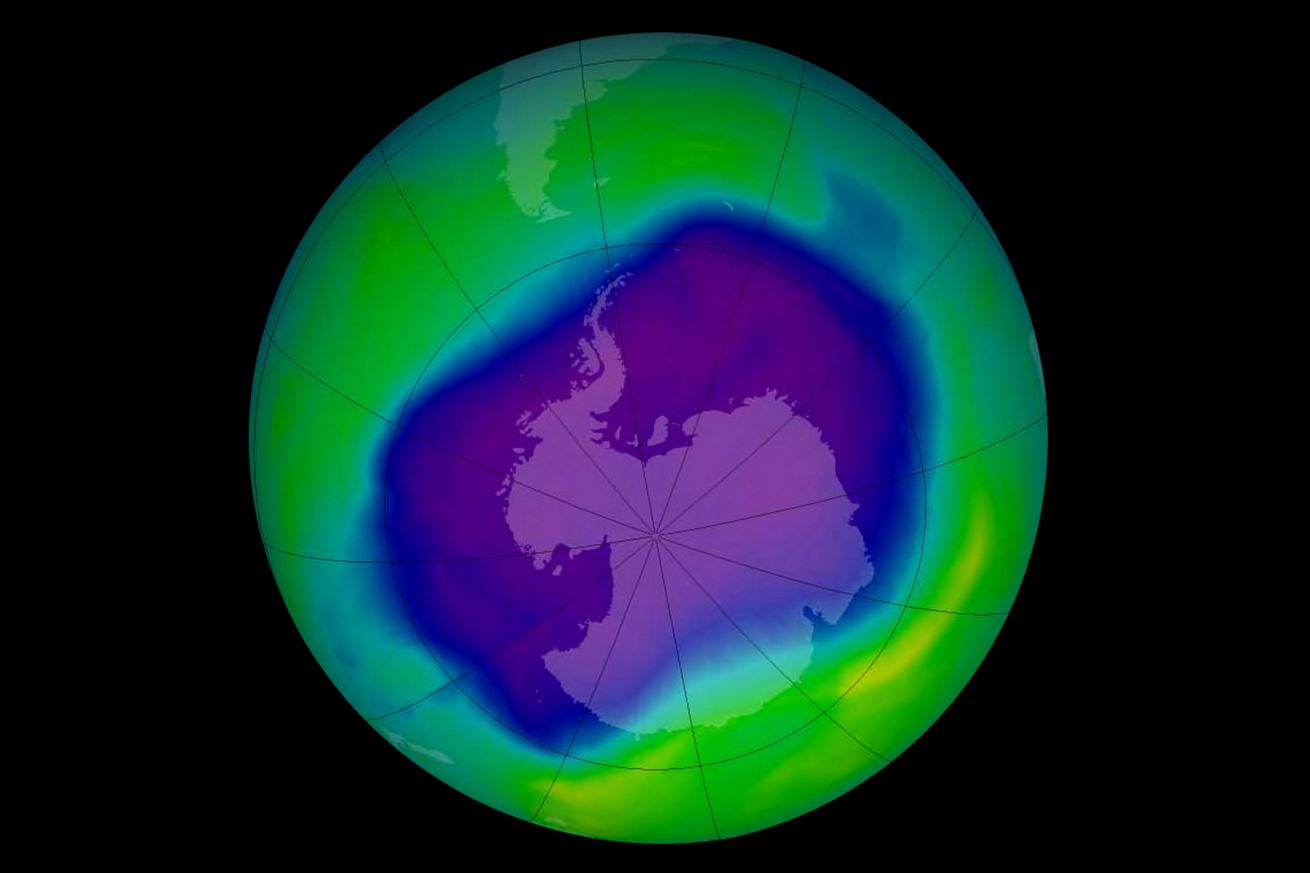In this image from September 2006, the Antarctic ozone hole measured 11.4 million square miles (29.5 million square kilometers). | Image: Universal History Archive/ Universal Images Group via Getty Images
Chemicals that were banned after they punched a hole in Earth’s ozone layer are still building up at an alarming rate in our atmosphere, according to research published today in the journal Nature Geoscience. The chemicals were once widely used in air conditioning and refrigeration but were supposed to be phased out globally by 2010.
Scientists were surprised to find that concentrations of several types of those chemicals have climbed since then, reaching a record high in 2020. The culprit could be alternative refrigerants that were meant to replace the ozone-depleting substances, the new research suggests. An even bigger problem? Researchers can’t find where all the chemicals are leaking from.
The ozone layer has managed to make a…


